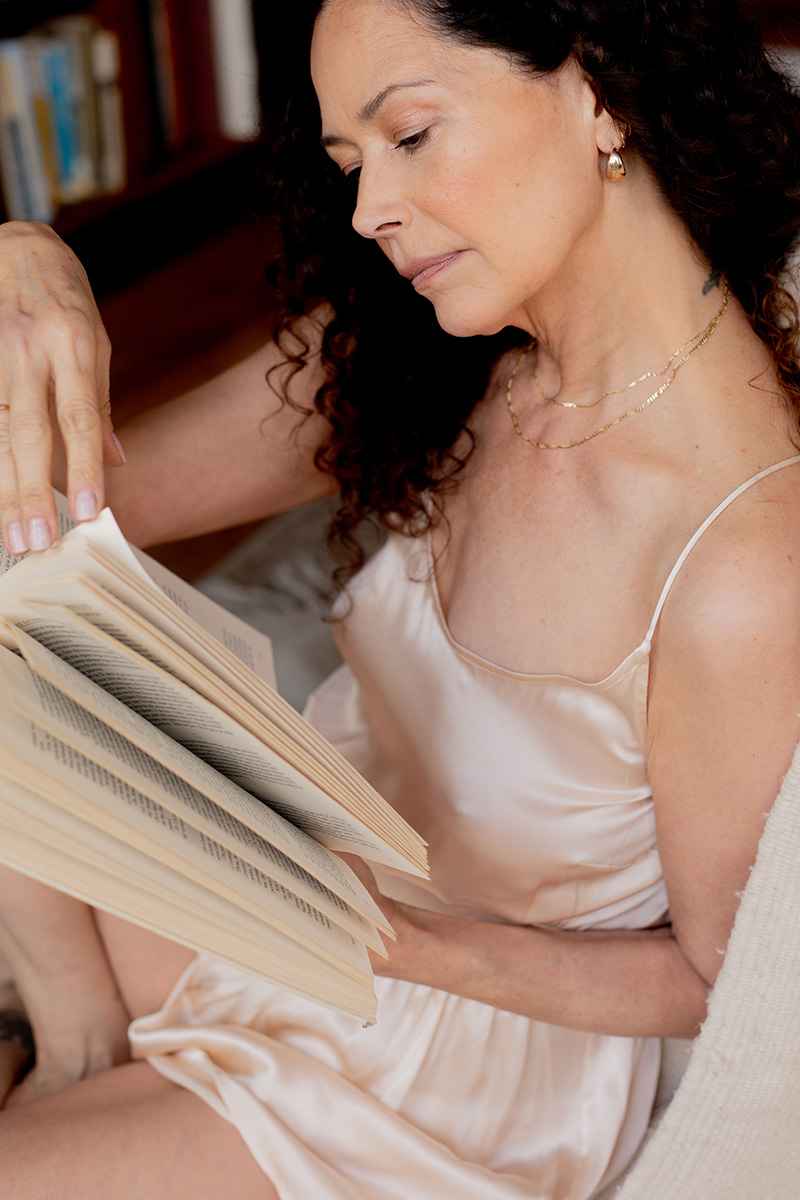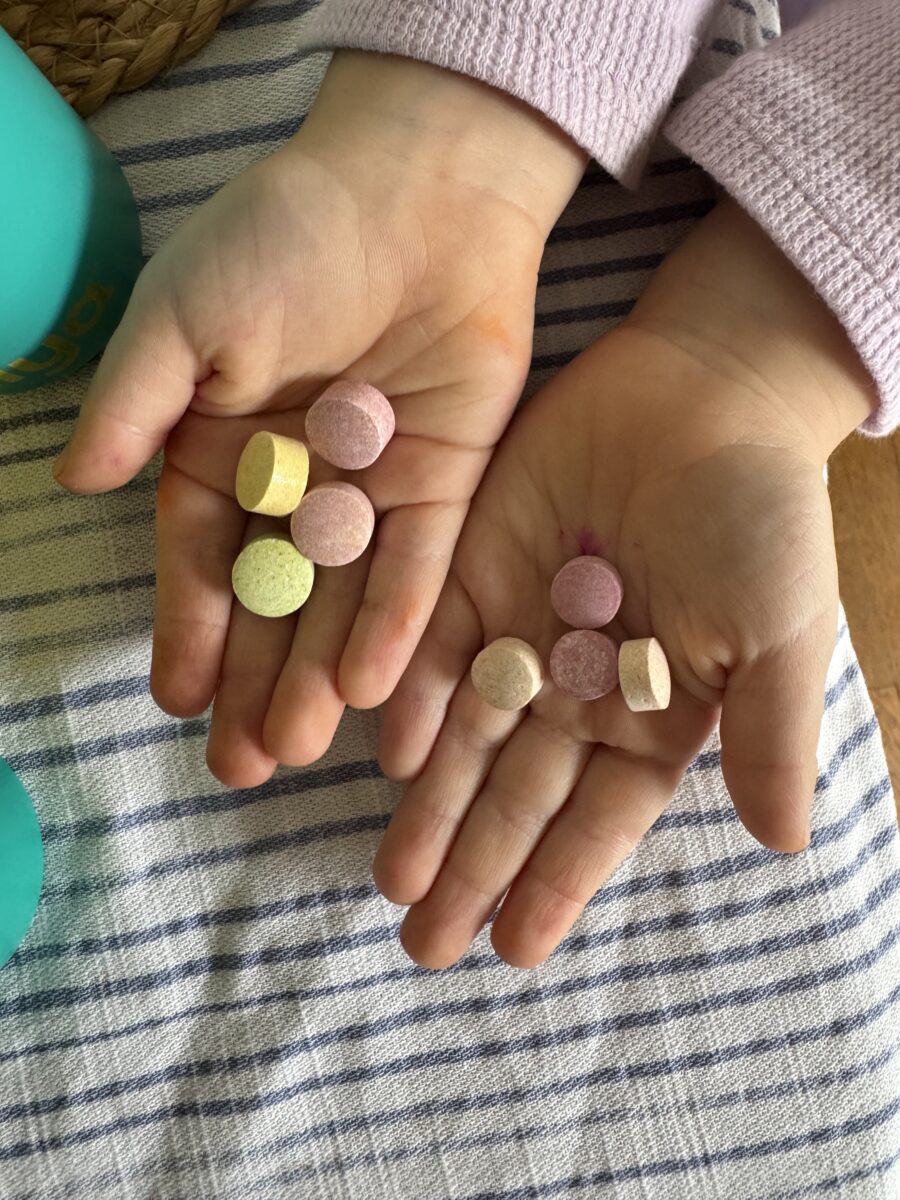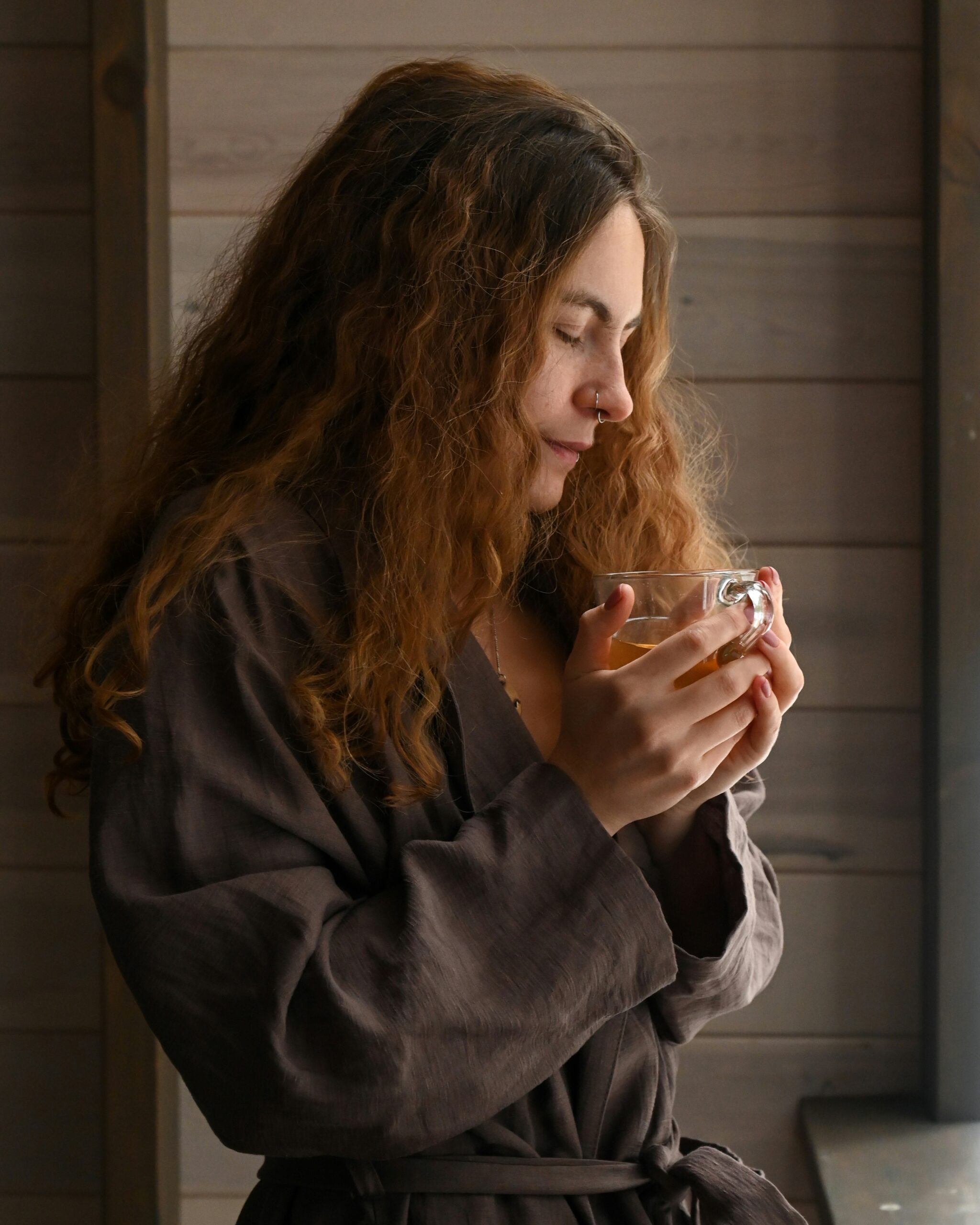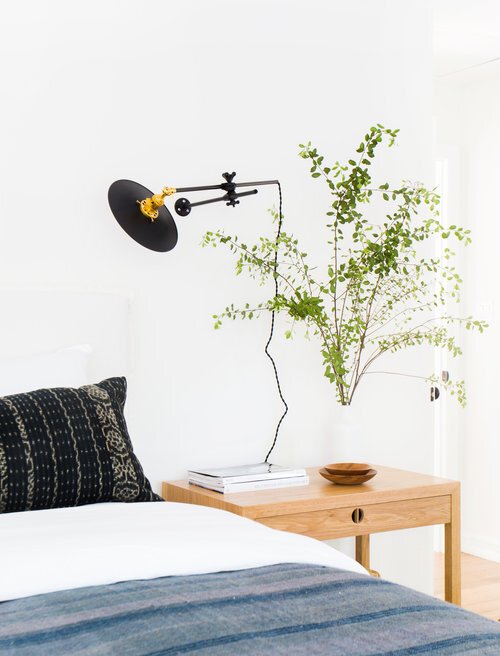
Small Ways To Center Pleasure During Stressful Seasons
“I got myself a flavored bubbly water in the middle of the day, just because I wanted it!”
The most surprising aspect of this announcement to my husband was the fact that this tiny action felt monumental in any way. He thoughtfully listened as I explained (with the gusto of a proud toddler who’s just mastered an objectively simple task) how my frivolous trip to the fridge took a lot of intention. My beverage choice that day chipped away at a pattern of entirely ignoring my own need for pleasure when there are more important things to be done — which, let’s face it, is essentially always.
“I had become skilled at only accessing my own pleasure when it served a visible broader purpose or a connection to someone else.”
While I’m far from a modern monk eschewing all worldly pleasures, I had become skilled at only accessing my own pleasure when it served a visible broader purpose or a connection to someone else. Indulging in a baked good or a bubbly water in order to enhance a date with a friend? Easy. Extending any effort to spice up joy in the details of my day when solo? Unheard of.
“Is there even value in putting energy into my own joy when it doesn’t directly affect someone else?” This question rolled around in my head for weeks. In search of an answer, I decided to experiment with intentionally infusing pleasure into my daily life as a busy mom.
“Is there even value in putting energy into my own joy when it doesn’t directly affect someone else?”
The bubbly water was my first attempt. Next came lunch.
After making meals for my two young daughters, I dished up a plate of food that sounded good to me. Instead of hurrying to do dishes while they ate, or nibbling on their rejected crusts, I sat and savored next to them.
In reality, I didn’t actually “lose” much productive time in this endeavor, but it felt luxurious. That feeling expanded into our interactions and had a domino effect resulting in my being a genuinely happy presence for the afternoon of activities with my kids instead of tipping into a state of depleted martyrdom by bedtime.
“As my micro-experiments with ‘frivolous’ joy continued, I was delightfully surprised to discover how pleasure actually served me.”
As my micro-experiments with “frivolous” joy continued, I was delightfully surprised to discover how pleasure actually served me — as a trustworthy companion, buoying me up to higher levels of operating, especially amidst stressful times.
Perhaps stemming from the teachings of my particular religious upbringing, I had internalized a belief that paying attention to — let alone doing — what I wanted apart from focusing on a higher calling was dangerous. Surely prioritizing pleasure would plunge my life into a black hole of impulse-driven selfishness.
On the contrary, pursuing pleasure has only led me to choices that contribute to not only my own wellbeing but also to those around me. The things that bring me true pleasure aren’t harmful to others; they fuel my capacity for care.
“The things that bring me true pleasure aren’t harmful to others; they fuel my capacity for care.”
There’s something slow, thoughtful, and deeply human about the word pleasure itself. The top definition of the word is “a feeling of happy satisfaction and enjoyment.” Actions that leave me feeling satisfied are distinctly different from the frenzied dopamine rush of satiating every urge I feel.
Far from a hedonistic dictator, pleasure is most pleasurable when it’s braided in balance with the responsibilities and values we carry. It is not the sole pursuit of life but rather a central practice to infuse into daily duties. When I think of what will bring both satisfaction and enjoyment, it becomes clear that daily pleasure is not ignoring the pile of laundry but rather choosing to fold it in front of a window that faces the sunset, perhaps while sipping tea and listening to music.
“Daily pleasure is not ignoring the pile of laundry but rather choosing to fold it in front of a window that faces the sunset.”
When we’re busy — especially when we’re taking care of others — it’s easy to deprioritize the little joys. It feels frivolous. However, I’ve found centering pleasure to be one of the best ways to move thoughtfully through times when my energy feels perpetually in demand.
How to begin centering your pleasure
Here are a few strategies I’ve found to help center pleasure in the midst of everyday life:
Unplug, then ask your younger self
In an era of information overload and dizzying trends, it can be difficult to even know what our true selves find energizing. Taking a conscious break from social media and spending a few minutes meditating or reflecting on yourself as a child can be a great way to find clues leading you towards activities (or outfits, or music choices) that will be genuinely satisfying for your soul.
Optimize your senses for merging pleasure and productivity
When approaching tasks or errands, pause to observe which of your senses need to be engaged fully in the work and which ones are free to engage in something pleasurable. For example, while your hands are busy doing dishes, what could you fill your ears and nose with to make the chore enjoyable? A podcast and a candle? Relaxing music and incense? While focusing your eyes on your overflowing inbox, could you prepare a warm foot soak for yourself (please don’t try this if you’re working anywhere other than home!) or sit outside with your laptop to feel the breeze on your skin?
Make meals a moment to savor
Instead of frantically chewing over the sink between tasks, take time to find yourself a plate, a seat at the table, and — if possible — something to eat that both nourishes your body and delights your senses. It doesn’t have to be a fancy meal. For me, even just arranging some fruit on a plate with nuts and cheese leaves me feeling so much more revived than eating the same items hurriedly out of a package. (Bonus benefits are felt when I focus exclusively on eating and engaging with others around me instead of multitasking on a screen!)
Approach fitness with an attitude of adoration
During stressful seasons in the past, I typically shifted into avoidance or obligation when it came to moving my body. I would either entirely ignore my body and brain’s need for physical exercise, claiming I was just too busy, or I would hyperfocus on it as an area of control and push myself to exhaustion. Both were harmful. Now, I view a pocket of time to exercise as a practice of pleasure. I ask my body what it needs each day: some days challenging myself to an intense sweat session is pleasurable, and other times just some light yoga or a long walk is a better fit. If things are genuinely too busy for a full workout, I keep my promises to care for my body by at least offering her some squats or stretches between tasks throughout the day.
Start and end the day in gratitude for your body
This practice can be just ten seconds (which is often all I have before a toddler is whispering “snacks!” in my ear) and doesn’t need to be a long ritual, but I love consciously taking an extra long first morning stretch in bed and feeling the expanse of my body wake up. The same goes for nighttime, focusing on the sensation of laying down every inch from toes to head brings me fully back into the joy of living in a body and the profound pleasure of being alive — regardless of the hardships that life brings.
Unlike the quick dopamine surge of scrolling social media after an exhausting day, checking in with myself to see what sounds pleasurable often leads me to actions that nourish my body and soul. In turn, I have more patience and energy to attend to the people and needs around me. ✨
While writing the conclusion for this piece, I had the good fortune of seeing this Instagram post by Yumi Sakugawa in which she says:
What if instead of delaying pleasure until you “get work done,” you consciously infuse pleasure into your present life and creative practice at all times, as much as possible?
What is the feeling of embodied pleasure that you desire to gift to the recipients of your creative vision, from one human body vessel to another human body vessel?
You do not have to wait for inspiration to strike you.
Instead, you can consciously generate the feelings and sensations in your body that will make you feel inspired in order for creative expression to flow through your body, again and again.
I can’t think of better words than Yumi’s to express the value of embodied pleasure as a generative practice for creating, caretaking, and all the other duties that life hands to us.
Ellie Hughes is a Contributing Editor at The Good Trade. She spent several years as a sustainable fashion blogger and leading the marketing for brands aiming to operate with ethics and the environment as their priority. She is now a freelance writer and marketing consultant living in Portland with her husband, two young daughters, and corgi.




